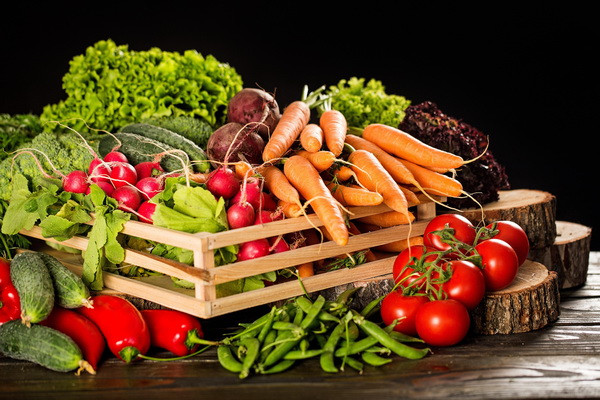
Agriculture in Uzbekistan Grows by 4% in January–September 2025
Agriculture in Uzbekistan Grows by 4% in January–September 2025
Tashkent, Uzbekistan (UzDaily.com) — According to preliminary data, the total volume of agricultural, forestry, and fishery production and services in Uzbekistan reached 366.2 trillion soums in January–September 2025. Crop and livestock production, hunting, and related services accounted for 356.4 trillion soums, forestry for 7.4 trillion soums, and fisheries for 2.4 trillion soums.
Compared to the same period in 2024, regional growth rates varied. The highest increases were recorded in Fergana (107.1%), Jizzakh (106.0%), Syrdarya (105.8%), Tashkent (105.0%), Khorezm (104.9%), and Bukhara (104.7%) regions. The lowest growth was observed in Andijan (101.0%), Kashkadarya (102.0%), Surkhandarya (102.2%), and Namangan (103.8%) regions.
The total agricultural output reached 352.7 trillion soums, marking a 4% increase over the previous year. Crop production amounted to 159.1 trillion soums (+5.9%), while livestock production reached 193.6 trillion soums (+2.1%). The leading regions by output were Samarkand (42.9 trillion soums), Kashkadarya (34.3 trillion), Tashkent (34.3 trillion), and Fergana (33.7 trillion). The lowest figures were recorded in Karakalpakstan (11.4 trillion), Syrdarya (11.5 trillion), and Navoi (16.6 trillion) regions.
In terms of farm categories, dehkan and household farms accounted for 69.1% of total agricultural production, farm enterprises for 25.5%, and agricultural organizations for 5.4%.
Crop production totaled 159.1 trillion soums, with significant outputs recorded in Samarkand (20.6 trillion), Fergana (19.3 trillion), Andijan (18.6 trillion), Tashkent (14.9 trillion), and Surkhandarya (14.8 trillion). High growth rates were observed in Jizzakh (113.3%), Fergana (110.0%), Khorezm (109.9%), Syrdarya (109.3%), Bukhara (108.3%), and Navoi (107.8%) regions.
In January–September 2025, Uzbekistan produced 8.4 million tons of grains (+11.2%), 3.1 million tons of potatoes (+0.1%), 9.85 million tons of vegetables (+0.1%), 2.13 million tons of melons (+15.4%), 2.56 million tons of fruits and berries (+4.3%), and 1.47 million tons of grapes (+7.7%). The majority of grain (75.5%) was produced by farm enterprises, while dehkan farms led in the production of potatoes (76%), vegetables (69.6%), melons (56%), fruits and berries (51.6%), and farm enterprises in grapes (51.3%).
Livestock production reached 193.6 trillion soums (+2.1%), with Samarkand (22.3 trillion), Kashkadarya (22.2 trillion), Tashkent (19.3 trillion), Bukhara (18.3 trillion), and Jizzakh (15.5 trillion) regions leading. Strong growth was observed in Tashkent (104.1%), Namangan (103.5%), Fergana (102.7%), and Navoi (102.5%) regions.
During the reporting period, the country produced 2.17 million tons of meat (+2.7%), 9.0 million tons of milk (+0.5%), 6.7 billion eggs (+6.2%), 33,342 tons of wool (+2.6%), 1.16 million karakul pelts (+3.4%), and 98,500 tons of fish (+9.3%). Most meat and milk were produced by dehkan and household farms, while fish production was dominated by farm enterprises and organizations.
As of 1 October 2025, the livestock population included 14.3 million head of cattle (+1.1%), including 5.05 million cows (+0.4%), 24.8 million sheep and goats (+1.6%), 287,700 horses (+3.2%), and 110.8 million poultry (+8.7%). Most cattle and cows were raised in dehkan farms, while sheep, goats, and horses were concentrated in dehkan and farm enterprises. Poultry production was evenly distributed among all farm categories.
These data indicate stable growth across Uzbekistan’s agricultural sector, with dehkan and farm enterprises continuing to play a key role in ensuring agricultural productivity and rural development.